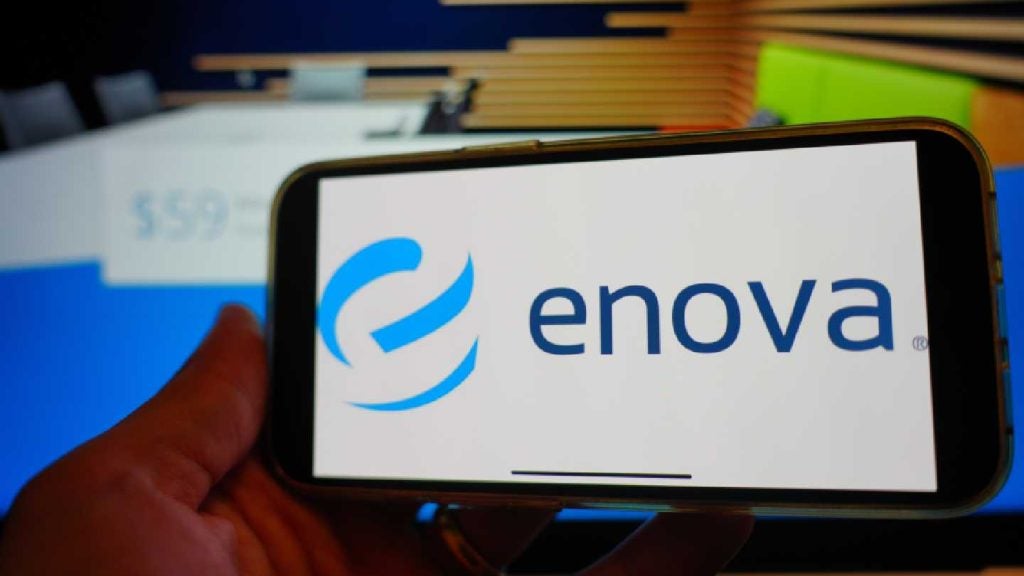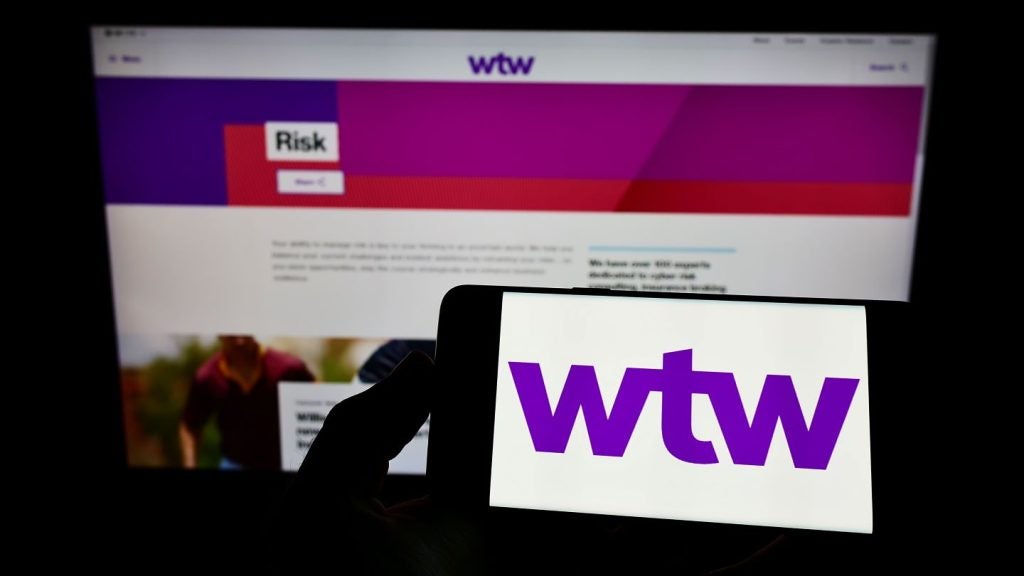A communication and financial service convergence is taking shape. It is blossoming like a garden, with many examples of cross-industry approaches attracting customers and helping to grow revenue for banks and telcos. Some banks offer mobile phone service, as N26 does in Germany. Telcos embed financial services, like digital wallets and buy now pay later (BNPL), into apps that bring banking to the unbanked and underbanked. Co-branded products help banks win in new markets and make telco reward programmes stickier.
However, many of these convergence manifestations feel like updated versions of old-school partnerships. They function rather like digitised iterations of co-branded credit cards or membership-based discount programs. Innovative? Yes, but it’s iterative. Revolutionary? Not yet. Functional gaps prevent the truly integrated customer experience necessary to make telco/bank partnerships a can’t-miss first option for financial and connectivity needs.
Challenges include compliance, data integration, and cross-industry expertise. These might have proved too daunting in the past, but today, banks and telcos have a new technology to help them quickly bridge multiple gaps. Today’s GenAI leaders in each industry are positioning themselves to leap ahead of the competition. They – not the laggards – will be ready to use cognitive AI to bridge cross-industry gaps. The stakes: Winning a paradigm shift that could transform both financial and communication services.
A glimpse of the future
You may wonder why banks and telcos would seek a greater degree of integration and convergence. After all, limited partnerships increase reach and revenue. But exploring the question ”what if” leads to next-generation possibilities. What if bank/telco partnerships enabled an insight-based or cognitive approach to connected product and service delivery? Cognitive bank/telco experiences open the door to:
- Automated loan decision-making for a broad base of new customers. Banks could use customers’ billing histories and other data associated with telecom services to assess new customers for loans and to expedite the know your customer (KYC) process.
- Conversational banking and real-time financial engagement. Customers could elect to engage with financial nudges to help them reach financial goals as they make everyday spending decisions.
- Hyper-personalisation of product offers and promotions. Applying intelligence will connect customers to the perfect offers, promotions, and customized product propositions at the right time.
- Proactive fraud and risk management. Banks will be able to combine traditional fraud detection with additional behavioural data from the telco to both stop fraud sooner and prevent false positives.
From reactive to cognitive
Before AI and GenAI, enabling the above capabilities could take years of tedious integration. With the right GenAI training and approach, you can unite automation and cognitive capabilities to drive success. We use the term cognitive here because it connotes thinking and reasoning, with the idea being that customers experience the kind of personal interaction they might receive from a concierge or a personal coach. You engage customers with a banking and communication experience that “thinks” proactively about how to meet their needs.
Imagine that a telco customer is considering purchasing a new car. The customer has opted to receive cost-saving and financial assistance. Location-based activity triggers a message asking if they want to explore finance options through the telco’s banking partners. Behind the scenes, AI taps telco billing data and other information to pre-approve the customer for a loan. In conversation with the customer, GenAI learns about the customer’s driving habits and car-brand preferences. The GenAI agent even helps the customer schedule test drives with local car dealers. It’s an end-to-end experience built around data and conversation that leads to a purchase while increasing revenue for the telco and the bank.

US Tariffs are shifting - will you react or anticipate?
Don’t let policy changes catch you off guard. Stay proactive with real-time data and expert analysis.
By GlobalDataWhat’s required to make this happen? The same basics that fuel GenAI success for internal processes also underpin cognitive partnership experiences. Those basics include:
- Data modernisation: Establish a data strategy centered on quality and AI readiness. You’ll want to understand your current data landscape, select a consistent data architecture, and advance towards your long-term data goals.
- Engaging experience design: As conversational interfaces become the norm, yours must stand out. Just as crucially, your interface must build trust, or customers won’t opt in to advanced GenAI features, like coaching and product selection assistance.
- Cloud-based infrastructure: The large language models behind GenAI thrive in cloud environments thanks to the cloud’s compute power and flexibility. Accelerate your move away from outdated mainframes to win the AI-powered future and to make working with you more appealing to potential partners.
- End-to-end quality engineering: Strong AI-ready and AI-powered quality engineering processes will help you deliver experiences that customers trust. With GenAI use cases, you need to be able to run more test cases faster to keep pace.
The path forward
The convergence of banking and telecommunications is no longer a distant possibility – it’s unfolding now, powered by GenAI and cognitive technologies. As banks and telcos move beyond traditional partnerships, the opportunity lies in creating truly integrated, insight-driven experiences that anticipate customer needs and deliver value in real time.
Winning in this new paradigm requires more than vision. It demands readiness. From modernising data and infrastructure to designing trusted, engaging interfaces, the building blocks of GenAI success are already within reach. The organisations that act now will be the ones to shape the future of connected financial and communication services.
Stay tuned as we explore how banks and telcos can accelerate co-innovation at scale – turning cognitive convergence into a competitive advantage.
Pablo Cella is Division President and General Manager for the Business Division Studio at Amdocs









